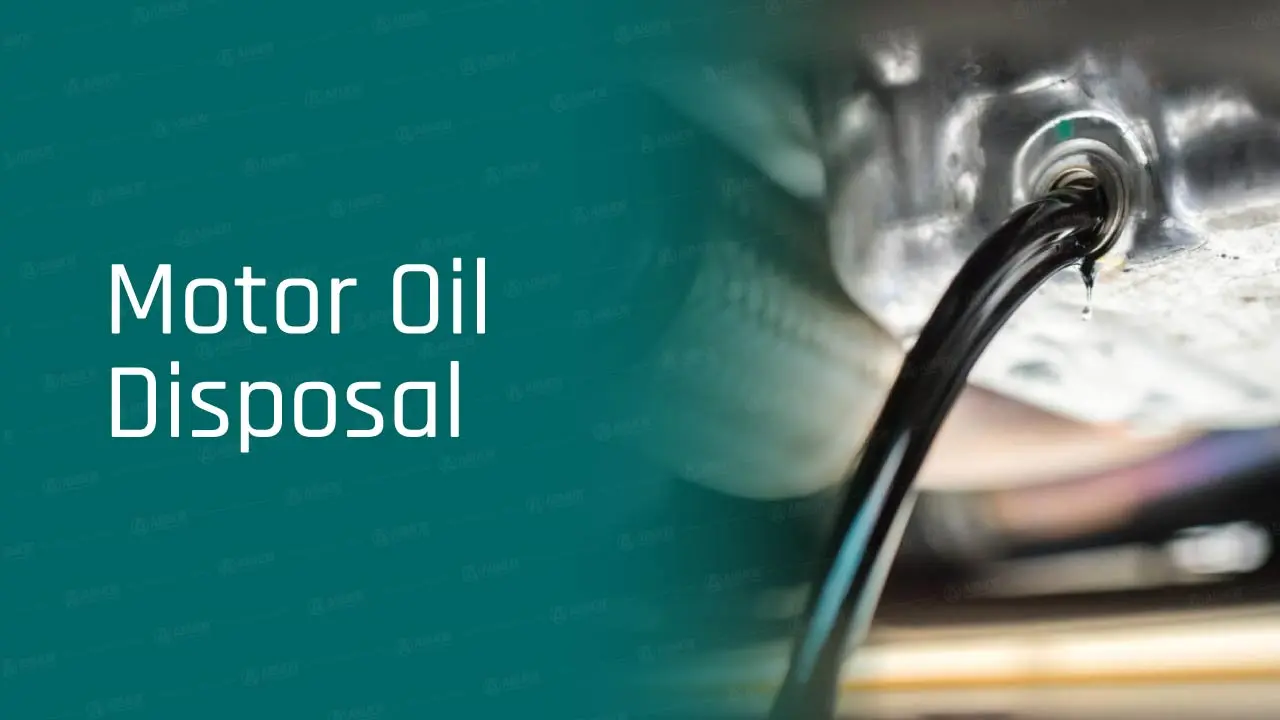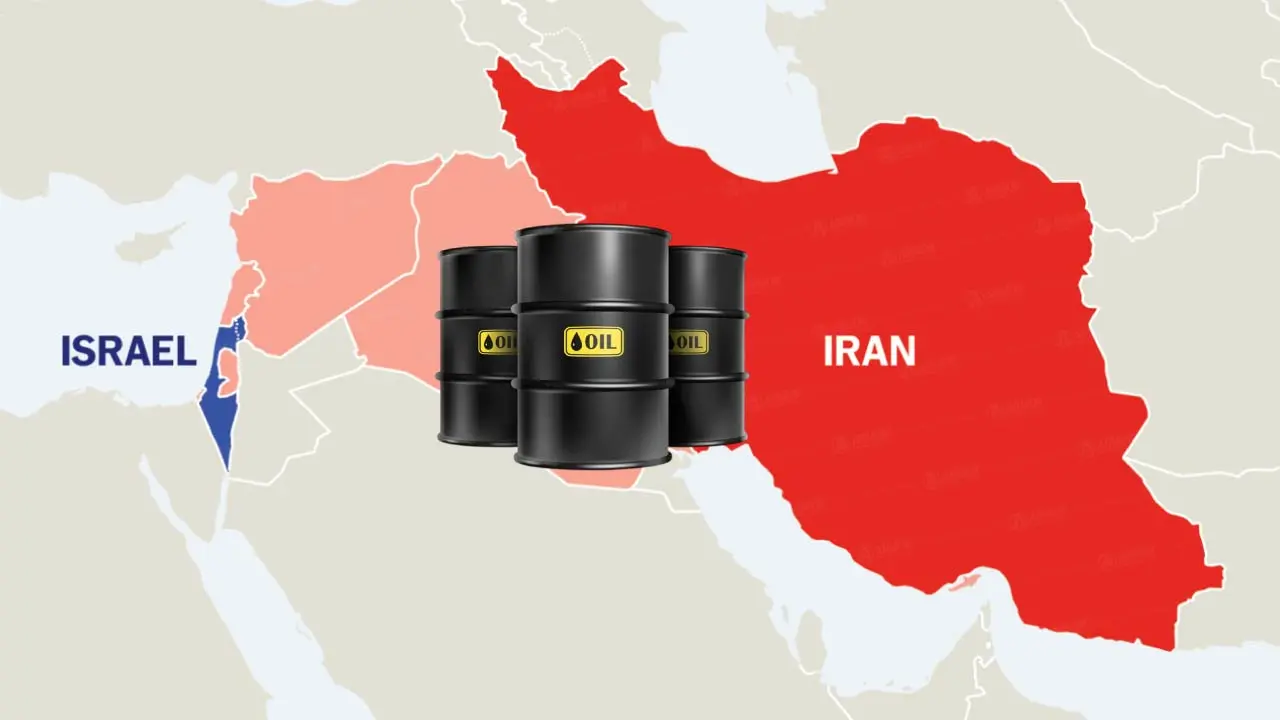- Armor Blog
- Products
- How to Check Power Steering Fluid and When to Change It?

Checking power steering fluid requires locating the reservoir near your vehicle’s wheels and examining fluid levels between the MIN/MAX markers. Look for clear, pink or amber fluid with no debris or burnt smell. Most vehicles need fluid changes every 30,000-50,000 miles or 2-4 years. Warning signs include whining noises, steering difficulty, or visible leaks.
Regular inspection prevents expensive steering system damage. The proper maintenance techniques below will extend your vehicle’s steering life.
Locating Your Vehicle’s Power Steering Fluid Reservoir
The power steering fluid reservoir is a critical component that requires regular inspection to guarantee proper steering function. This container is typically a small, clear plastic vessel with a black cap, allowing drivers to easily check the fluid level without special tools.
To locate the power steering fluid reservoir, look near one of the vehicle’s wheels, though exact positioning varies by make and model.
Look for your power steering reservoir near a wheel, remembering that location differs across vehicle types.
The reservoir typically features MAX and MIN indicators on its exterior for accurate assessment of the car’s power steering system fluid status.
If the reservoir proves difficult to find, consult the owner’s manual for specific guidance.
Before checking the vehicle’s power steering fluid, wipe the area surrounding the cap clean to prevent contamination when opened, ensuring the system remains free of damaging debris. Additionally, using a fluid with superior performance and reliability can help maintain the overall efficiency of the steering system.
Step-by-Step Process to Check Power Steering Fluid Levels
Properly checking power steering fluid requires finding the reservoir location, which varies by vehicle make and model but is typically marked with distinctive coloring or symbols.
Temperature conditions affect fluid reading accuracy, with many manufacturers recommending checks when the system is either hot after driving or cold after sitting overnight.
The reservoir typically features clear MIN/MAX indicators, sometimes on a dipstick attached to the cap, which serve as reference points for determining if fluid levels are adequate.
Locating Reservoir Position
Finding the power steering fluid reservoir is the initial step in checking fluid levels accurately. This component is typically a translucent plastic container with a black cap, strategically positioned in the engine bay, often near one of the wheels.
- Consult your vehicle’s manual to locate the power steering fluid reservoir, as positions vary markedly between different makes and models.
- Ensure the engine is off and cool before attempting to check the level to prevent potential burns.
- Clean the exterior of the container to keep debris from contaminating the power steering system when opened.
- Examine the reservoir for MIN/MAX indicators on its exterior, or use the dipstick attached to the cap by removing it, wiping clean, and reinserting to determine if fluid replenishment is necessary.
Hot vs. Cold Checks
Determining whether to check power steering fluid when the engine is hot or cold makes a significant difference in obtaining accurate readings. Most manufacturers recommend checking the fluid level at when the engine is at operating temperature for precision.
To perform a hot check, start the engine and turn the steering wheel fully in both directions to circulate and warm the fluid. After warming, turn off the engine and let the vehicle sit for a few minutes before checking. Use the dipstick or reservoir markings to ascertain the fluid remains within the recommended range for hot fluid.
Some vehicles specify different proper temperature conditions for inspection. Always consult your vehicle’s manual to confirm whether a hot or cold check is appropriate for your specific power steering system.
Understanding Level Indicators
Power steering fluid level indicators vary across vehicle models, but understanding how to interpret them is vital for accurate maintenance. When checking the power steering fluid, drivers should familiarize themselves with their specific vehicle’s indicators to avoid costly repairs.
- Most reservoirs display MAX and MIN lines that clearly show the acceptable fluid level range – never operate a vehicle below the minimum mark.
- The fluid should be bright red or light amber when new, with darkening color indicating potential contamination or degradation.
- When adding fluid to the reservoir, pour slowly to avoid overfilling beyond the MAX line, which can damage the system.
- Check your car’s power steering fluid level with the dipstick (if equipped) by removing it, wiping it clean, reinserting it fully, then reading the measurement.
Understanding Power Steering Fluid Color and Condition
When examining your vehicle’s power steering fluid, its color and consistency offer vital clues about the system’s health. Fresh power steering fluid appears bright red, clear amber, or pink, indicating good fluid condition. Nonetheless, as the fluid degrades, it darkens to brown or black, signaling contamination that demands attention.
A visual inspection should also evaluate clarity—cloudy or murky fluid suggests dirt infiltration or aging that compromises steering performance. Additionally, particles or debris floating in the reservoir indicate severe contamination requiring immediate system flushing.
Pay attention to odors as well; a burnt smell suggests the fluid has overheated and broken down. Regular checks of color and clarity help vehicle owners maintain ideal steering responsiveness while preventing costly damage. Using premium transmission fluid can also enhance overall performance and longevity of the system.
When fluid appears dark and dirty, a fluid change becomes necessary to preserve system integrity.
How to Properly Add Power Steering Fluid
Adding power steering fluid requires following a specific technique to avoid system damage. Drivers must select the manufacturer-recommended fluid type as specified in their vehicle’s owner manual.
Careful attention to proper fluid levels prevents both under-filling, which causes poor steering response, and over-filling, which can damage seals and create leaks. Additionally, using fluids that provide excellent oxidation stability can enhance the performance and longevity of your steering system.
Proper Technique Matters
The proper technique for adding power steering fluid can make the difference between a successful maintenance task and potential system damage. When checking your vehicle’s power steering, attention to detail guarantees the fluid level remains critical and prevents contamination over time. The fluid should be changed when showing signs of deterioration, but properly adding it requires precision.
- Always consult your vehicle’s owner’s manual to verify the correct fluid type before adding any
- Use a clean funnel to pour fluid slowly, stopping before exceeding the MAX line
- Securely tighten the reservoir cap after adding fluid to prevent contamination
- Recheck fluid levels after a brief drive and steering to guarantee proper range
Proper technique prevents overfilling while maintaining the system’s integrity – vital for those who value vehicle independence and longevity.
Choose Right Fluid
Selecting the accurate atf power steering fluid stands as the most crucial decision in maintaining your vehicle’s steering system. The manufacturer specifies the appropriate type in your owner’s manual or on the reservoir label; using alternatives risks system damage.
Never mix different fluid types, as incompatible formulations can degrade performance markedly.
When the fluid is low, add it gradually using a clean funnel to prevent contamination. Pour slowly to achieve the proper level within the marked range on the reservoir.
Regularly check the fluid’s color—ideal fluid appears pink or amber and flows smoothly. Dark, cloudy, or burnt-smelling fluid indicates it’s time to change power steering fluid completely.
Maintaining the correct fluid level with the appropriate type ensures responsive steering and extends system life, granting drivers the freedom of worry-free operation.
Warning Signs of Low or Contaminated Power Steering Fluid
Recognizing warning signs of low or contaminated power steering fluid can prevent costly repairs and maintain safe vehicle operation. Vehicle owners who value their independence should monitor for these indicators that signal it’s time to check fluid level or quality.
- Whining noise or squealing when turning the steering wheel often indicates low steering fluid levels or contamination.
- Difficulty turning the wheel or increased steering effort suggests depleted or degraded fluid.
- Muddy or burnt smell coming from the fluid or dark, cloudy appearance during inspection points to contamination requiring replacement.
- Puddle of fluid beneath the vehicle combined with metal particles in the reservoir indicates potential component wear and demands immediate attention.
Additionally, improper lubrication can lead to increased wear on power steering components, so ensuring the use of high-performance extreme pressure grease is essential for prolonged equipment life.
These hazard warning signs should never be ignored, as doing so can lead to expensive power steering system damage.
Recommended Maintenance Schedule for Power Steering Systems
Proper maintenance of power steering systems extends vehicle life and prevents costly repairs that often occur when fluid levels are neglected. Vehicle manufacturers typically recommend changing power steering fluid every 2-4 years or 30,000-50,000 miles, though specific intervals vary by model.
A thorough maintenance schedule should include regular fluid inspection, checking for dark coloration, debris, or burnt odors that indicate contamination. When these signs appear, owners should flush the system completely rather than simply topping off fluid levels.
Smart vehicle maintenance includes monthly verification of power steering fluid levels and condition. While some modern vehicles require less frequent service, consulting the owner’s manual remains vital for specific guidance on maintenance intervals and appropriate fluid types, ensuring prime steering performance and longevity. Additionally, using high-quality lubricants can enhance system protection and efficiency.
DIY Power Steering Flush Methods and Best Practices
While regular monitoring of power steering fluid levels provides necessary preventative care, some vehicle owners may benefit from performing a complete system flush at home. This “poor man’s flush” effectively removes contaminants from the hydraulic system without specialized equipment, helping maintain steering responsiveness and component longevity.
Regular maintenance isn’t just for professionals. DIY power steering flushes can effectively remove contaminants while protecting your vehicle’s steering performance.
- Remove old fluid: Use a turkey baster or siphon to extract contaminated power steering fluid from the reservoir.
- Top off with proper fluid: Refill using only manufacturer-specified fluid to prevent system contamination.
- Circulate fluid: Turn the steering wheel lock-to-lock several times to distribute fresh circulating fluid throughout the system.
- Monitor fluid levels: Repeat the drain and fill process until the fluid appears clean, maintaining proper levels throughout.
Additionally, using a high viscosity index fluid, such as Industrial Gear Oil 320, can help enhance lubrication and protection in similar hydraulic systems. This DIY power steering flush should ideally be performed every 50,000 miles to maintain excellent hydraulic performance.
Conclusion
Regular inspection and maintenance of power steering fluid is vital for vehicle performance and longevity. By checking fluid levels, color, and condition according to manufacturer recommendations, drivers can prevent costly failures and guarantee smooth handling. Whether performing routine checks or a complete system flush, proper power steering maintenance is a simple yet critical aspect of responsible vehicle ownership.
For optimal steering performance and protection, consider using high-quality power steering fluid from trusted ATF fluid manufacturer in UAE like Armor Lubricants. Our power steering fluid is designed to meet demanding specifications, ensuring excellent lubrication, thermal and oxidation stability, and protection against wear and corrosion.
Don’t wait for problems to arise. Make regular checking of power steering fluid and timely changes as part of your vehicle maintenance routine.




 Spear lubricants
Spear lubricants Armada lubricant
Armada lubricant Ace lubricants
Ace lubricants Perfect lubricants
Perfect lubricants Enzo lubricants
Enzo lubricants Lawrence lubricants
Lawrence lubricants